With 2023 at its midpoint, the celebrated Mr. K looks back 55 years…

By PAUL KUPPERBERG
So, Greenfield says to me (by implication, if not these exact words), “You’re an old, obsessive fanboy geek… You’re the perfect person to write this one!”
As much as I wanted to take offense, I couldn’t. He was right. And as much as it sucks getting old, at least it gives you bragging rights to history. “I was born during the first Eisenhower administration!” (I was!) “I attended the 1964 World’s Fair!” (I did!) “I survived the NYC Blackouts of 1965, 1969, 1977, and 2003!” (With my eyes shut!) “I remember Boston’s Great Molasses Flood of 1919!” (I don’t, but it’s a great story anyway!
But I really do remember 1968. It was the year of my Bar Mitzvah, true, but more to the point and interest of 13th Dimension readers, something happened to comic books in 1968. It was like someone had turned a dial at both DC and Marvel and cranked things up to “11.” It felt like everything was changing. The status was suddenly no longer quo!
There were changes on the macro-level — corporate structures, increases in titles and publishing frequencies, changes in creative and editorial personnel — but all I really knew at the time was what those changes looked like on the newsstand.
Now that it’s 2023’s midpoint, here — 55 years later — are 13 WAYS 1968 TRANSFORMED COMIC BOOKS FOREVER:
—
1. Martin Goodman Sells Marvel Comics to Perfect Film and Chemical Corp. Ever since his first publication in 1933 (the pulp Western Supernovel Magazine, with future Archie Comics co-founder Louis Silberkleit), Martin Goodman sat at the helm of his own little publishing empire, variously known as Timely Publications, Atlas, and Marvel Comics. Ever a follower of trends, in 1961, Goodman instructed his comic book editor Stan Lee to dive back into superheroes, which DC had been having some success with for a couple of years, and yadda yadda yadda, the result was Marvel Comics. Which was successful enough that come 1968, Martin was able to cash out, selling to Perfect Film (which would change its name to Cadence Industries in 1973), and remaining as publisher until 1972.
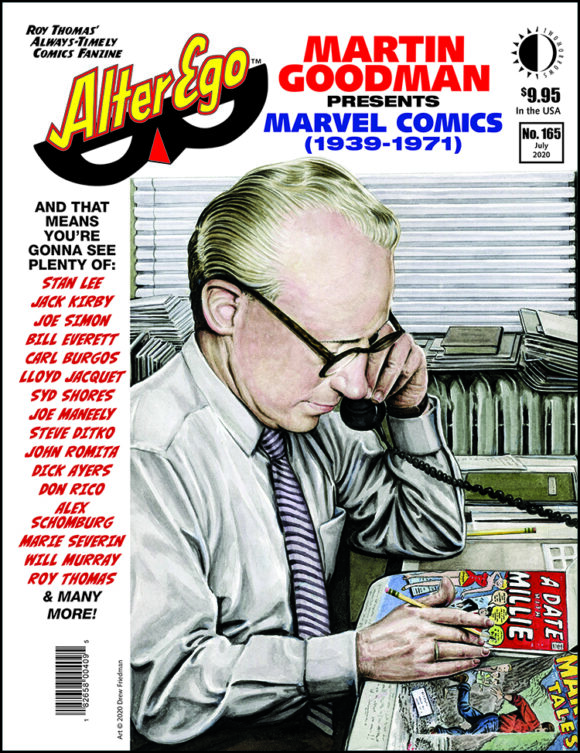
—
2. Independent News. In 1957, American News Company, Atlas Comics’ distributor, was put out of business after losing a tussle with the U.S. Department of Justice. In desperation, Goodman turned to Independent News to replace them. In a 1998 conversation with Roy Thomas in Comic Book Artist #2, Stan Lee remembered, “[We had been] turning out 40, 50, 60 books a month, maybe more, and… suddenly we went… to either eight or 12 books a month, which was all Independent News Distributors would accept from us.” It should be noted that Independent News and rival National Periodical Publications (aka DC Comics) were sister companies. I’m just sayin’…
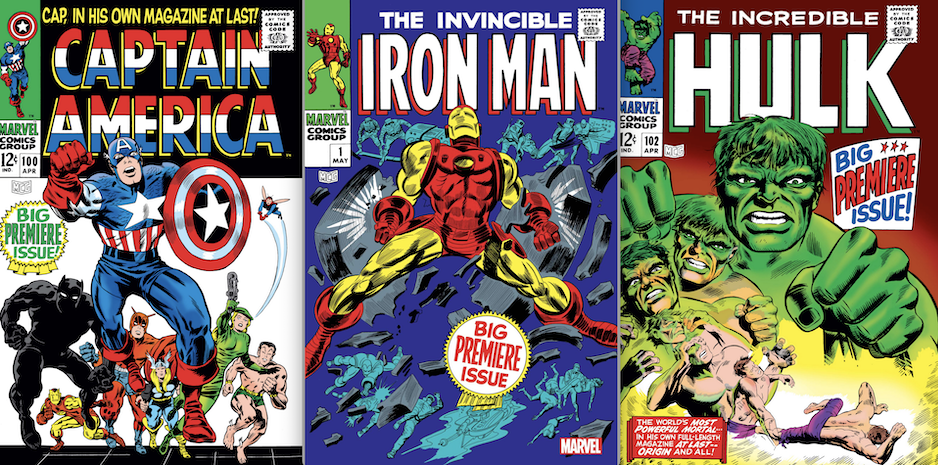
The same success that paved the way for the 1968 sale of Marvel to Perfect Film also gave Goodman the leverage he needed to renegotiate the restrictive decade-old distribution deal with Independent News. Marvel could once again publish as many titles as it wanted, and they wanted to own the newsstand! Venerable old double titles long shared by heroes, like Tales of Suspense (Iron Man and Captain America), Tales to Astonish (Hulk and Sub-Mariner), and Strange Tales (Dr. Strange and Nick Fury, Agent of S.H.I.E.L.D.) were split in two, and a slew of new books were introduced. This was the Marvel Age of Comics! Excelsior!
—
3. Carmine Infantino, DC Editorial Director. The guy who could draw anything at Marvel was Jack Kirby. At DC Comics, it was Carmine Infantino. He worked on the Flash. Batman. Adam Strange. Elongated Man. Space Museum. Detective Chimp! In 1967, after 25 years behind the drawing board, Carmine was given the job of designing DC’s covers, a position he was well suited for; his layouts marked a distinct improvement over the company’s previous covers, especially when they were executed by the likes of Neal Adams, Nick Cardy and Bob Oksner.
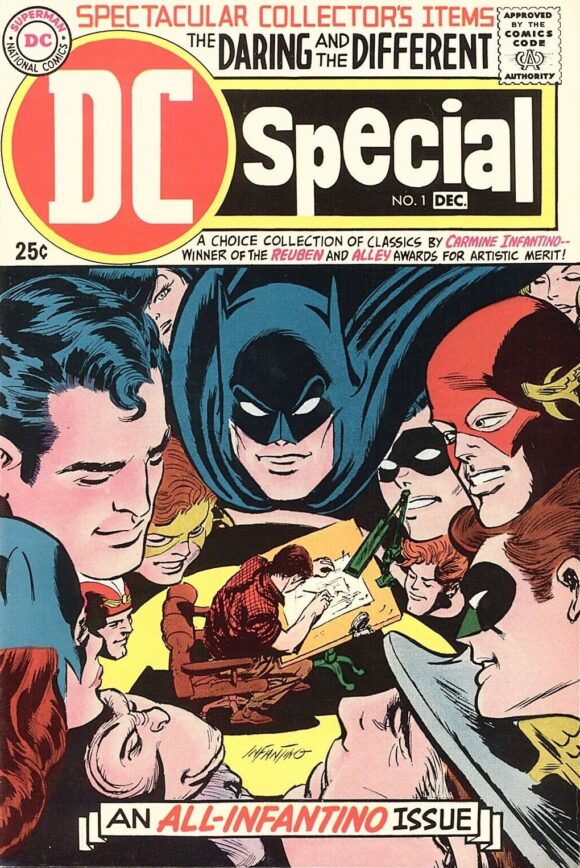
The results of Carmine’s influence began to appear on the newsstands in 1968. Editorial and creative assignments were shuffled in an effort to freshen up the line and stay in competition with upstart Marvel, which was not only making headlines but selling ever more copies of ever more titles to an older, more sophisticated audience. To beef up the company’s writer-centric editorial staff, artists Joe Kubert, Joe Orlando, Mike Sekowsky were made editors. Old faces were given new looks (i.e., Sekowsky taking over drawing Metal Men and Wonder Woman from Ross Andru and Mike Esposito, etc.), and there was a sudden spirit of experimentation previously unseen at staid DC, including Bat Lash, Anthro, Angel and the Ape, Creeper, the Hawk and the Dove, Jonny Double, as well making the “mystery” (i.e., horror) titles like The Unexpected, House of Mystery and House of Secrets finally live up to their names.
—
4. Dick Giordano hired away from Charlton Comics. Yes, technically Giordano’s hiring by DC away from Charlton Comics (and bringing Denny O’Neil, Jim Aparo, and few other creatives with him) was Carmine’s doing (above) but it’s an important enough event to warrant a mention of its own. Consider it mentioned!
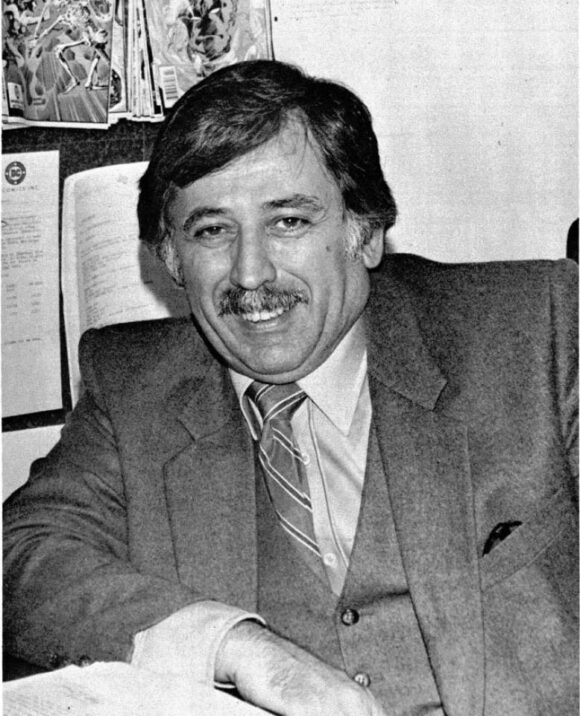
—
5. Neal Adams. Here’s how fast it happened: My first exposure to Neal Adams was his cover for Action Comics #356, on sale in September 1967. Nine months later, in June 1968, Batman and Deadman teamed up in The Brave and the Bold #79, Neal’s first time doing Batman interiors, for editor Murray Boltinoff. It would take Batman and Detective Comics editor Julie Schwartz a while to take note but in November 1969’s ‘Tec #395 (January 1970), the die was cast and there was a new sheriff in town!
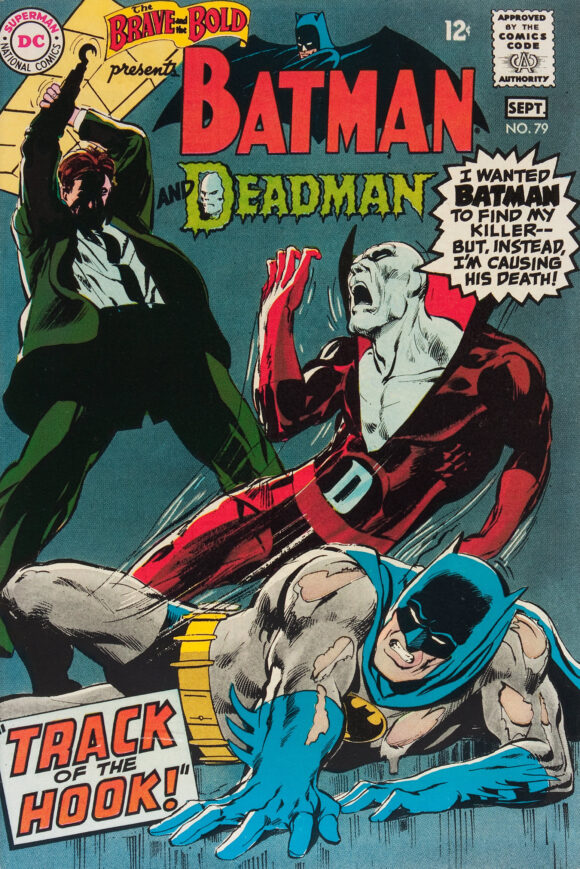
—
6. Jim Steranko, Agent of S.H.I.E.L.D. Not that Neal didn’t have competition for title of mind-blowing new artist (Neal even acknowledged the other artist by sneaking a hidden “Hey! A Jim Steranko effect!” into some mist in the Deadman story in Strange Adventures #214). Steranko had shown up at Marvel in 1966 and made his mark on the Nick Fury, Agent of S.H.I.E.L.D. feature in the shared Strange Tales, first over Stan Lee plots and finishing/inking over Jack Kirby layouts (a not uncommon method at the time of teaching newbies the Mighty Marvel Style of Storytelling) and then as writer and artist through to the aforementioned 1968 splitting of the duo titles.
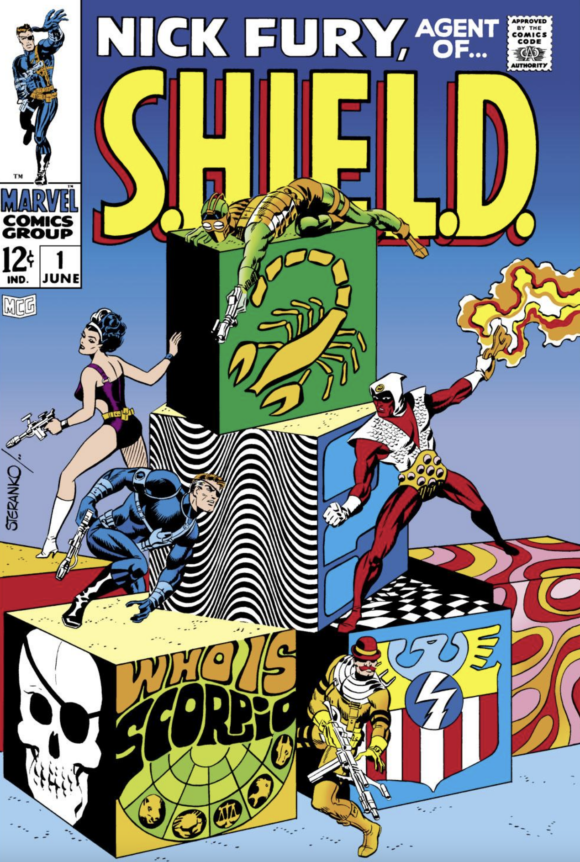
To say Nick Fury, Agent of S.H.I.E.L.D. #1 (June 1968) was a game changer would be an understatement. (Hell, let’s include all four out of the first five issues he did!) His experimentations in storytelling and layouts were like nothing seen since the 1950s EC Comics work of Bernie Krigstein and are still influencing artists 55 years later.
—
7. Silver Surfer #1 (August 1968). Just a stunning achievement, the 38-page origin of the Silver Surfer by Stan Lee, John Buscema and Joe Sinnott in this beefy 25¢ package. The oversized format would only last the first seven issues before being bumped down to a standard 32-pager, but several of them featured some of my favorite Marvel art from that era, John inked by his brother Sal Buscema. If you haven’t seen the results of this collaboration, do yourself a favor and track these stories down.
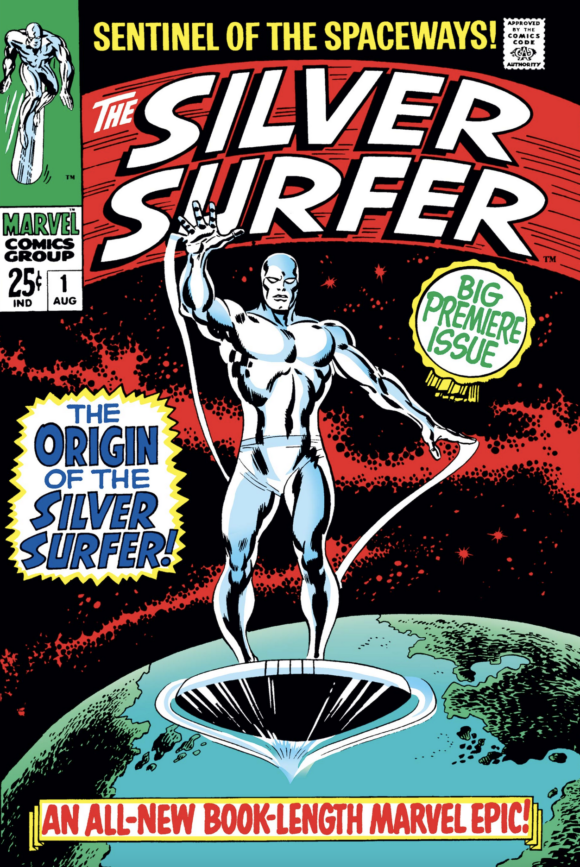
—
8. The Death of The Doom Patrol: After a pioneering five-year run, the explosive end of DC’s team of fabulous freaks, created by Arnold Drake and Bruno Premiani, came in The Doom Patrol #121 (September-October 1968). The Doom Patrol would later play an important and continuing role in my own comic book career, but I would only discover their innovative adventures in the back-issue bins from around 1969 on. DP was perhaps DC’s most Marvel-like book in its approach, a classic unappreciated in its own time.
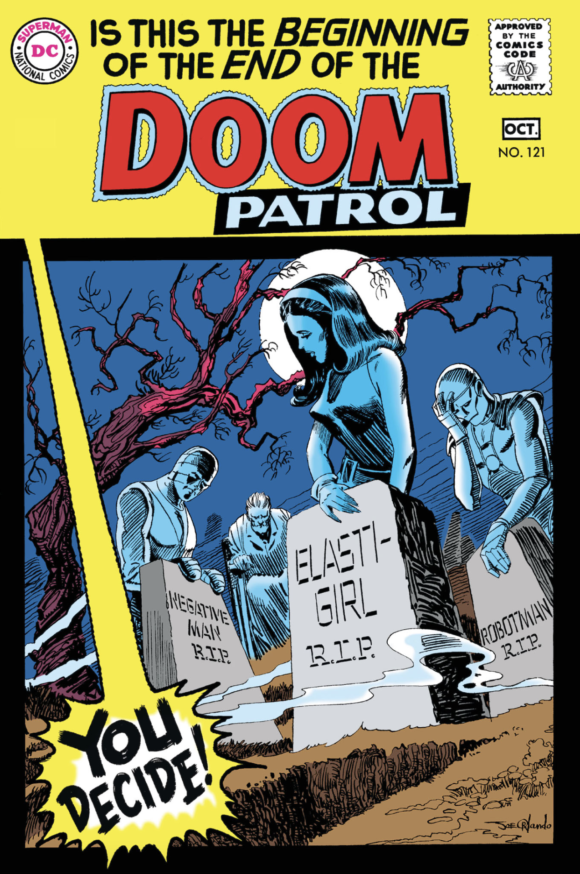
—
9. Gil Kane and His Name is Savage. If Carmine Infantino was DC’s Jack Kirby, Gil Kane was its Steve Ditko, and like Ditko, Gil wasn’t afraid to step outside the boundaries of the Big Two and do his own thing. His Name Is Savage #1 (June 1968) was one such thing, a black-and-white, independently published espionage magazine by Kane and writer Archie Goodwin, featuring enough blood, violence and brutality to keep the entire staff of the Comics Code Authority down with cases of the vapors for the better part of a month.
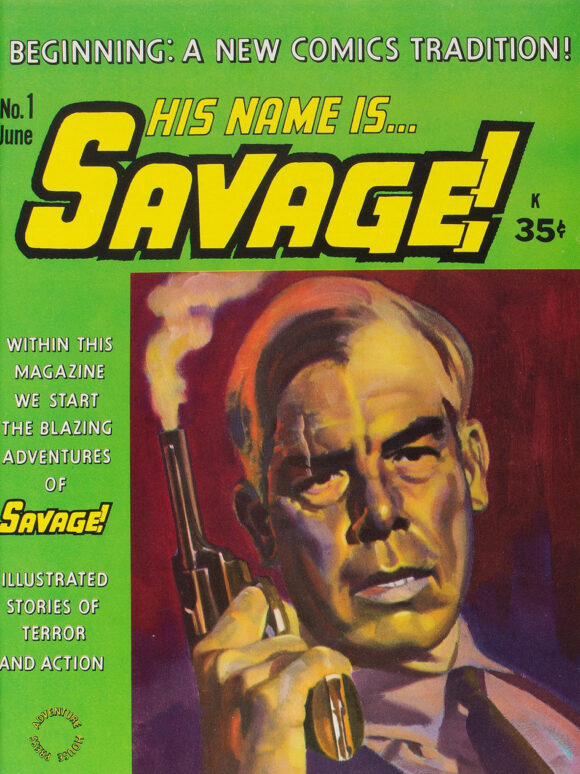
—
10. The Spectacular Spider-Man #1. Another black-and-white magazine, but this one from Marvel and well within the bounds of the Comics Code even though it didn’t carry the CCA seal of approval itself. The Spectacular Spider-Man was, in fact, pretty spectacular. It was 68 pages for 35¢, with 62 pages of story under a beautiful painted cover by Harry Rosenbaum, based on a John Romita layout. The lead story is a 52-page epic by Stan Lee, Romita, and Jim Mooney, “Lo, this Monster,” and is backed up by the 10-page “In the Beginning—” retelling of Spidey’s origin, scripted by Lee, with art by Larry Lieber and Bill Everett. It wasn’t like any Marvel comic we’d seen before, and we’d see only one more issue before it was cancelled due to publisher Goodman’s lack of enthusiasm for the format; it wouldn’t be until 1972, after Martin’s farewell party, that Marvel would get back in the magazine business.
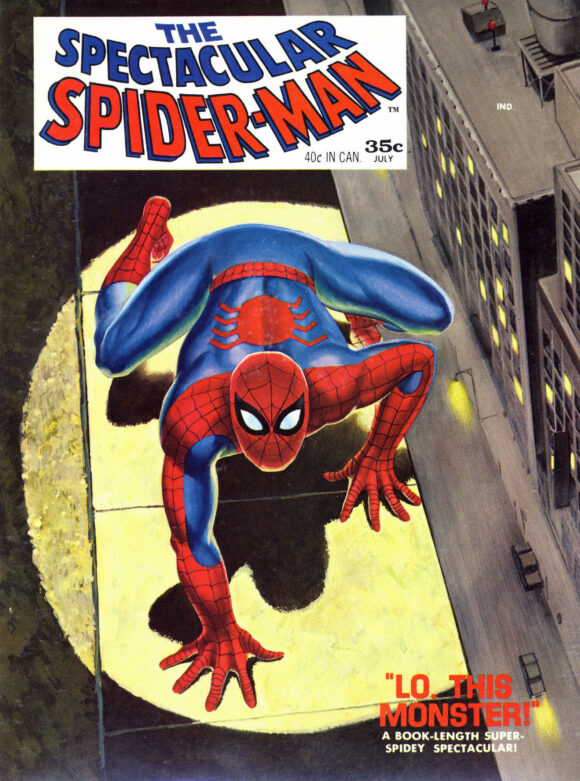
—
11. Introduction of the Vision. There was something about the Vision that made him stand out from the 30 years’ worth of sentient robots/androids that proceeded him. It didn’t hurt that the character was introduced during a truly epic Roy Thomas/John Buscema run of The Avengers (#57, October 1968). This android, like the Dude, abides.
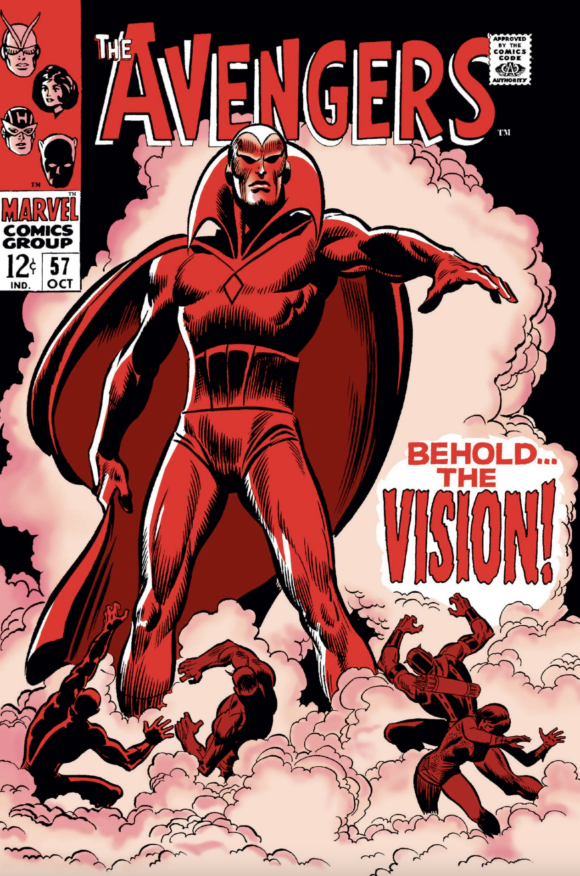
—
12. The Secret Six. E. Nelson Bridwell and Frank Springer’s seven-issues Secret Six (October/November 1968 – April/May 1969) was the first comic book I remember reading that made me realize it didn’t all have to be superheroes. Sure, I’d read my share of other genres — mystery, humor, war, Westerns — but I had never felt like I could ever be as interested in anything as much as Superman and the rest of the heroes. The Secret Six, with its feet planted firmly on the ground and not a costume in sight, proved me wrong and would be on my mind 20 years later when I created the non-superhero DC series, Checkmate.
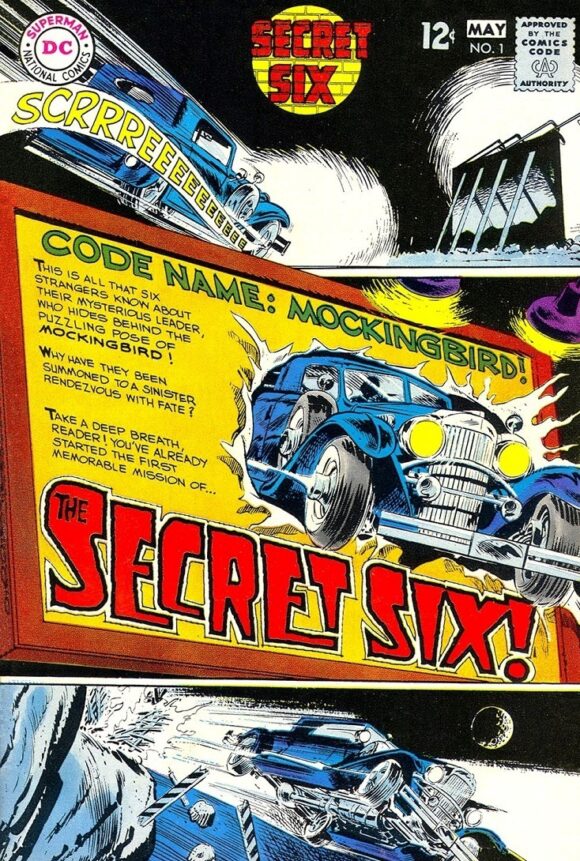
—
13. Charlton Comics. While the superhero revival featuring Captain Atom, the Blue Beetle, the Question, Peacemaker, and others spearheaded by Dick Giordano a couple of years earlier hadn’t caught on, the little comic company that could wasn’t about to be left behind in that busy year of 1968. The charming Wander by Sergius (Denny O’Neil) O’Shaughnessy and Jim Aparo was introduced in Cheyenne Kid #66 May 1968), and the one-shots Mysterious Suspense #1 (October 1968), featuring “The Return of the Question” by Steve Ditko, and Outer Space #1 (November 1968), featuring stories by Ditko, Pat Boyette, and others, showed they still had it.
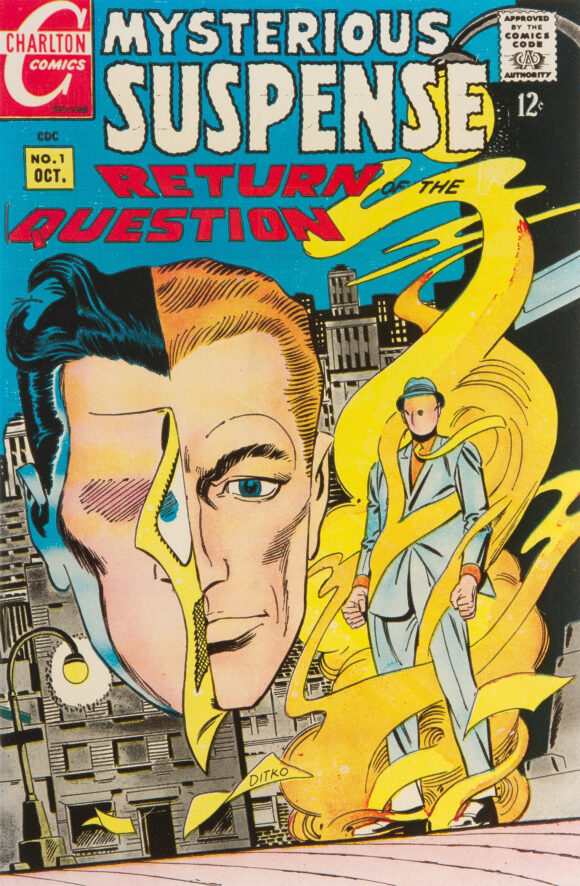
—
MORE
— PAUL KUPPERBERG: When STEVE DITKO Joined DC — 55 YEARS LATER. Click here.
— RETRO HOT PICKS! On Sale This Week — in 1968! Click here.
—
PAUL KUPPERBERG was a Silver Age fan who grew up to become a Bronze Age comic book creator, writer of Superman, the Doom Patrol, and Green Lantern, creator of Arion Lord of Atlantis, Checkmate, and Takion, and slayer of Aquababy, Archie, and Vigilante. He is the Harvey and Eisner Award nominated writer of Archie Comics’ Life with Archie, and his YA novel Kevin was nominated for a GLAAD media award and won a Scribe Award from the IAMTW. Now, as a Post-Modern Age gray eminence, Paul spends a lot of time looking back in his columns for 13th Dimension and in books such as Direct Conversations: Talks with Fellow DC Comics Bronze Age Creators and Direct Comments: Comic Book Creators in Their own Words, available, along with a whole bunch of other books he’s written, by clicking the links below.
Website: https://www.paulkupperberg.net/
Shop: https://www.paulkupperberg.net/shop-1
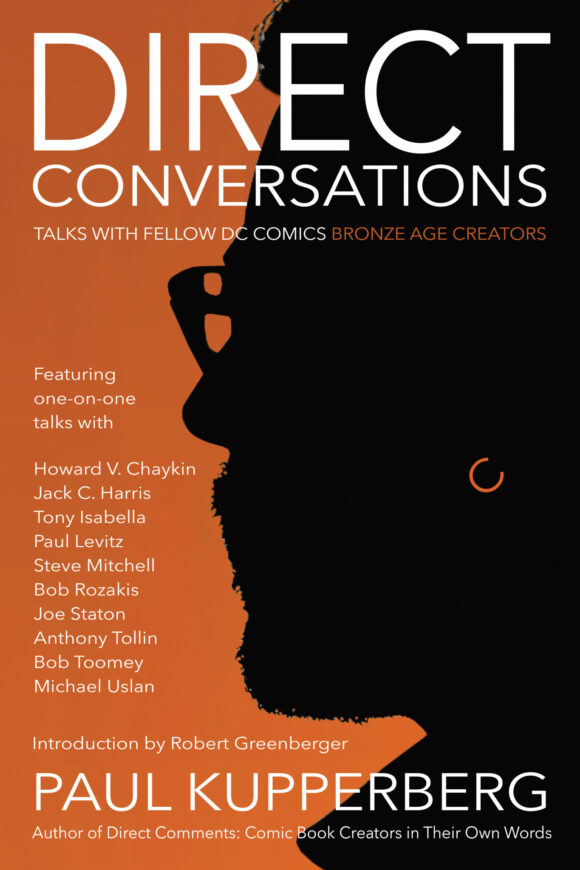

July 1, 2023
Another fine stroll through some great old memories.
July 1, 2023
Just a note of gratitude and appreciation here for the great, enjoyable content you guys provide every day. This site is that chicken soup for my soul type stuff. Please keep it coming.
July 1, 2023
Thank you for the kind words! Glad to be of service. We try!
July 1, 2023
I was a nine year old Marvel fanboy in 1968. It was the best of times.
July 1, 2023
1968 is one of my favorite years for comic book reading. I was 11 years old than.
July 2, 2023
Great piece and agree 1968 was a transformative year.
July 4, 2023
Paul Kupperberg does it again!